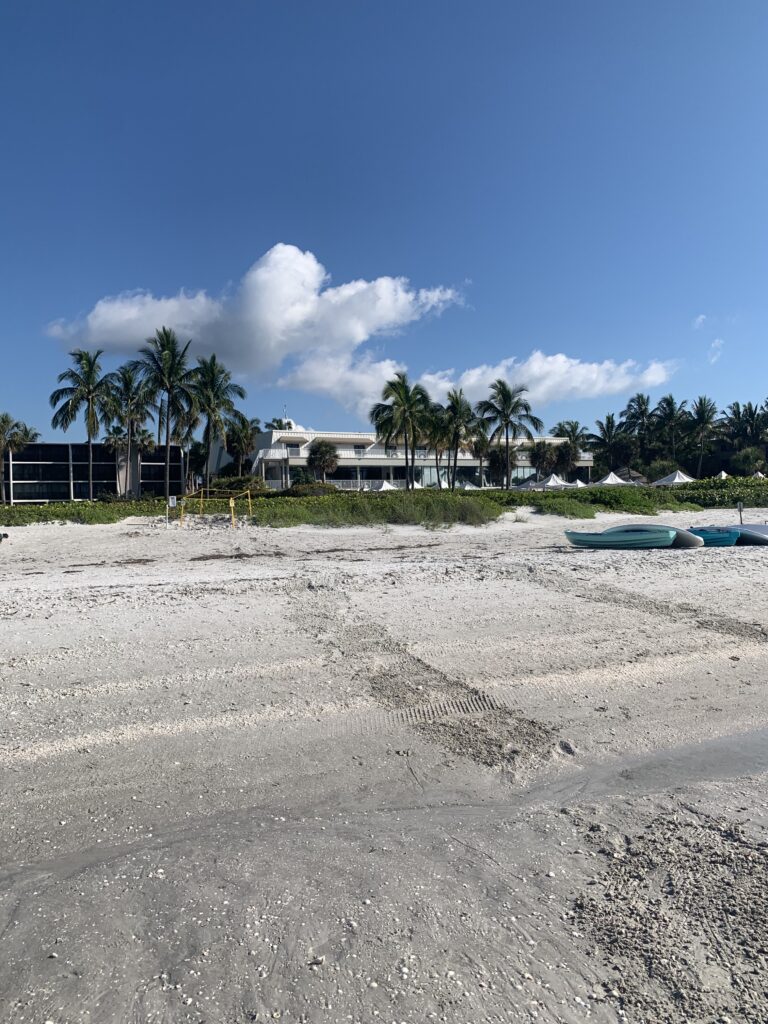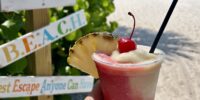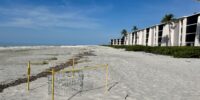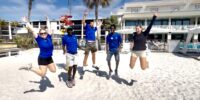Sea Turtle Nests at Sundial
Earlier this month, Cadey Nolan, a technician with Sanibel-Captiva Conservation Foundation (SCCF), visited Sundial to talk turtles. We wanted to share this turtle information with you in honor of World Sea Turtle Day on June 16, 2022.
Standing in front of the first nest laid (along with a later laid nest) on Sundial’s Beach this year, Cadey discussed the common species, nesting habits, conservation practices, and hatchings.
On Sanibel and Captiva Islands, the most commonly seen nesting turtle is a Loggerhead, with the occasional Green (and the rare Kemps Ridley). These species of sea turtle are all at some level of threatened or endangered. Threatened species are likely to become endangered and endangered species are those that have become so rare they are in danger of becoming extinct.
Every morning during sea turtle nesting season, SCCF staff members and volunteers comb the beaches in an attempt to locate new nests. First, they look for fresh crawls. These are the tracks left from the water and up the beach by sea turtles emerging to look for a place to nest. After locating a crawl, the team determines whether a nest was laid or if it was a false crawl (the turtle emerged onto the beach but decided not to nest in that spot).
Once it has been determined to be a nest, the SCCF team locates the specific spot where the eggs have been buried. This allows them to install a predator screen over that location to help protect the eggs from intrusion by raccoons and coyotes. The area is next staked and flagged and signs are added to the area to inform passersby about the nest. This includes the information about sea turtles’ protected status and a reminder that it is illegal to touch or disturb a sea turtle, including the turtle itself, nest, eggs, and hatchlings. If you ever see an un-marked nest or something around a nest that concerns you, SCCF is available to come out and investigate. You can reach them by calling the Sea Turtle Hotline: 978-728-3663.
After an incubation period of approximately 45-60 days, all of the hatchlings will begin to emerge at once. Hatchlings typically emerge at night and find their way to water’s edge by following the moonlight. It is for this reason that the islands have such strict nighttime light regulations. The hatchlings can be confused by other lights in the area that look like the moon to them. By keeping exterior lights off, closing blinds, and avoiding flashlights on the beach at night, the baby turtles have a much better chance of making their way safely to the water.
To learn more about the sea turtles that return to Sanibel and Captiva Islands each year, visit SCCF’s website.







